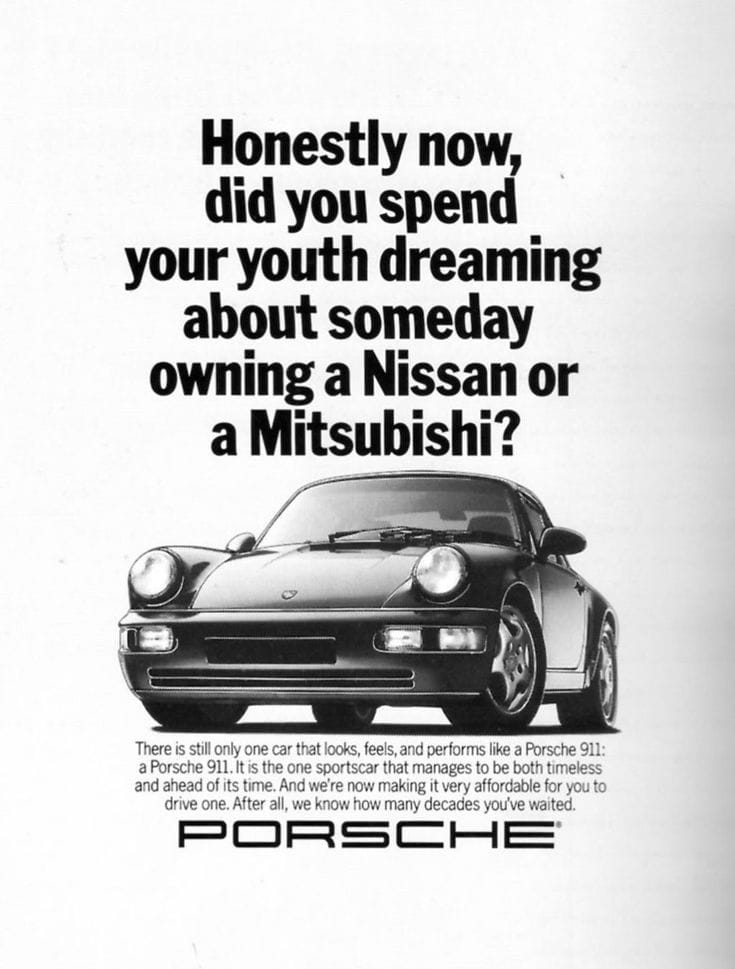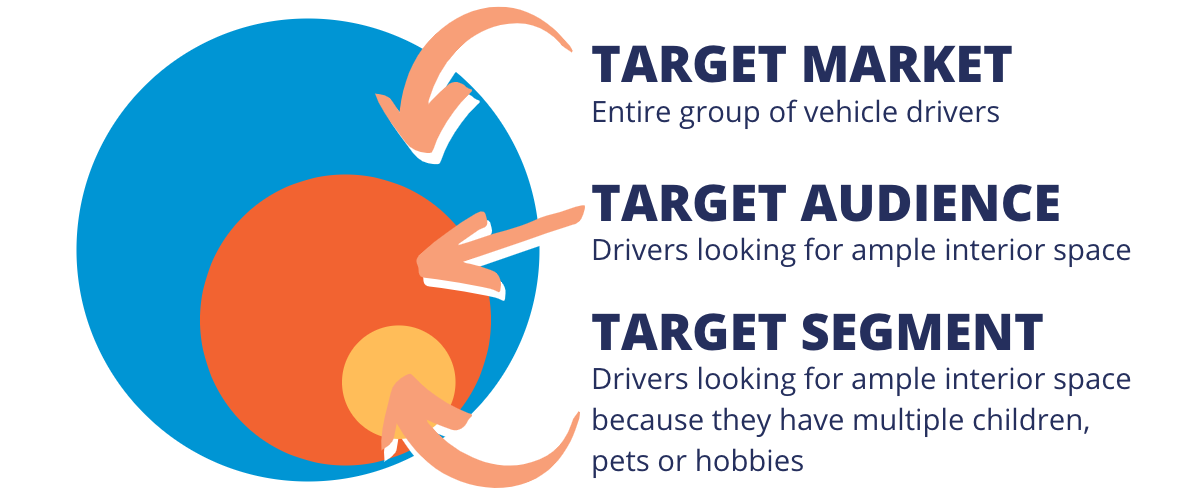Say it right!

Elements of strategic persuasion...
I know, you are thinking, what is copywriting and why should I care?
Copywriting is simply sales in print. Nothing more than that.
If you like to make money...
And you want to get what you want...
Learn how to write great copy.
Copywriting is a language, and it is not written, it is assembled.
The best copywriters know it's subliminal, it isn't about what is said or written, but rather what is communicated.
Huh?
So, what do I mean by that??
Here's an example,

What is communicated here is, unrivalled, incomparable and superior.
This doesn't always work but with cars, men love it.
If you write in a tone that convey trust, integrity and confidence, it doesn't matter what words you write.
Here's a newsflash,
When you read copy, you're not looking at the words, you're looking at what is communicated.
Effective copy is constructed in pieces using key elements, then like a jigsaw, constructed, bit-by-bit. These elements are things like:
The headline
The unique mechanism
The BIG idea
The offer
The risk reversal
Guarantee(s)
Bullets
etc
Great copy must pull the reader in, be super easy to read, evoke an emotional response, and then motivate prospects to move to action.
In this short article, I shall layout some of those key elements, showing a process that I use for my clients.
It's all about:
Sending the right message at the right time to the right person...
- Define your audience.
If you know who you are targeting, you will know more clearly what language, terms and style of writing you need to deploy. You will also know about:
- Psychographics
- Buyer persona (Feelings, emotions, thought patterns, desires, dreams, goals, pain points, problems they are facing, concerns, etc, etc)
Understanding who you are writing to, is the first step to constructing the language needed to get attention...and keep it!

- Define the problem you're solving
This primes the reader/audience to let them know from the outset that you are well aware of their wants and needs and empathise with them.
This often takes a lot of time to get this right.
Often a great idea is to sit down and talk to the competition, users of the services, customers, and prospects and just shut up and listen to them. The best advertisers are customers, so seek them and listen to them.
Sometimes company owners and founders have so much inside info on what drives the market they also know a lot but struggle to communicate
- Bullets.
This is where we lay out the ammunition, one of the most powerful sections of the copy.
Often in the bulleting section, it's best to build fascination, curiosity and high value sentences, short and succinct to draw the reader in deeper.
- Unique value proposition
List out what differentiates you from the rest of the market. How can you distinguish and portray a position of authority?
Unique mechanisms, proprietary code or elements, patents, trademarks, etc.
- Overcoming and addressing objections
The closer you get to the closing the prospect, the more they will object.
Often it is best to gather all the objections they have or could have and choose the most prevalent ones.
From here fix the objections so they are happy. This can be through assurances, risk reversals, guarantees
In this section, layout all the most likely objections they may/could have and give confidence. Often, I use risk reversals, guarantees, or other assurance techniques to ensure doubt and dismay is removed from their mind.
- Action!
If the piece is digital, you must ensure you have plenty of CTA's. They could be
For example, if the CTA is only in the hero section, the user needs to scroll all the way back to the top to engage with your offer! Be meticulous about this, and do not underestimate subtle nuances, like font size, colours, locations, and amount of CTA buttons/sections.
- The offer
This is the most important element in the entire copywriting piece. In most cases, issues with conversion are usually the offer, not the copy itself.
You must summarise everything they are getting with the complete offer in such a way that they would be a fool not to give it a try.
Remember you’re not selling your products or service; you’re selling your OFFER!
Business comes about by focusing always on the needs and desires and the satisfaction of the client. The offer can comprise (but not limited to), the sections such as:
- Sales Terms
- Price
- Product or Service
- Guarantee(s)
- Bonus(s)
- Risk Reversals
- Premiums & Bonus's
- Extras

Comments ()